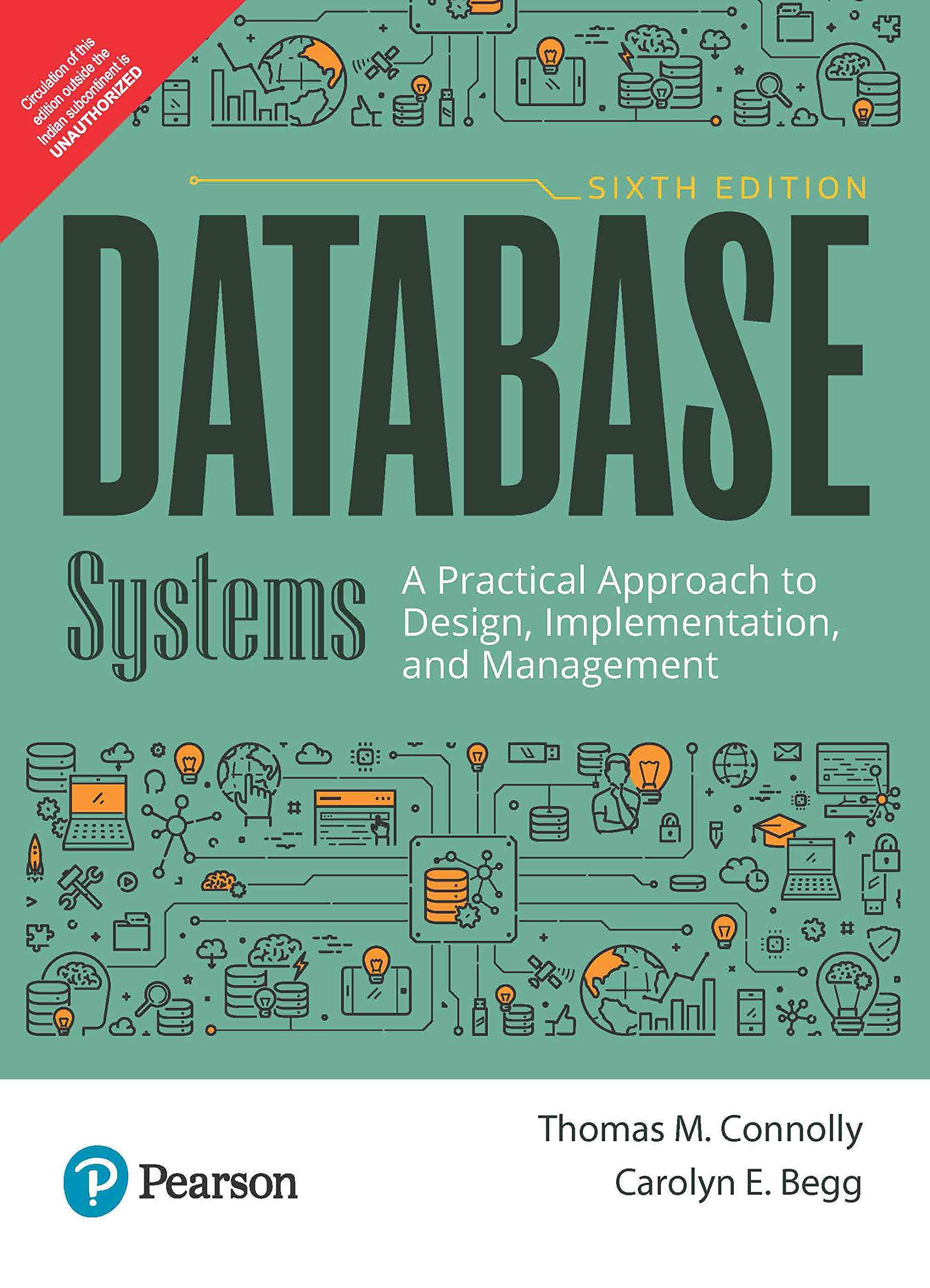Question
Consider the following transaction database: TID Items ------------------------- 01 A, B, C, D, F 02 A, B, C, D, E, G 03 A, C, G,
Consider the following transaction database: TID Items ------------------------- 01 A, B, C, D, F 02 A, B, C, D, E, G 03 A, C, G, H, K 04 B, C, D, E, H, K 05 D, E, F, H, L 06 A, B, C, K, L 07 A, D, F, L 08 B, I, E, K, L 09 C, D, F, L 10 A, B, D, E, K 11 C, D, H, I, K 12 C, E, F, K 13 B, C, D, F 14 A, B, C, D 15 C, H, I, J, K 16 A, D, E, F, H, L 17 H, K, L 18 A, D, H, K 19 D, E, F, K, L 20 B, C, D, E, H, L 1. Applying the Apriori algorithm with minimum support of 30% and minimum confidence of 75%, find all the association rules in the data set. Give details of your computation at each step, however, at each step give only the frequent itemsets that satisfy minimum support (i.e., itemsets which appear in at least 6 transactions). Also specify the confidence and improvement for each of the rules you discovered. (Hint: similar problem could be found on slide 67 of handout 4) 2. Consider the "weather data set discussed in class (attached weather.txt). Applying the ID3 algorithm, complete the analysis of the example and construct the optimal decision tree (recall that the features are "outlook", "wind", "humidity", and "temperature", the target class is "play" indicating whether the given day is a good day to play golf). Give the details of your calculations in each step. Also, give the decision rules derived from your decision tree.
Step by Step Solution
There are 3 Steps involved in it
Step: 1

Get Instant Access to Expert-Tailored Solutions
See step-by-step solutions with expert insights and AI powered tools for academic success
Step: 2

Step: 3

Ace Your Homework with AI
Get the answers you need in no time with our AI-driven, step-by-step assistance
Get Started


